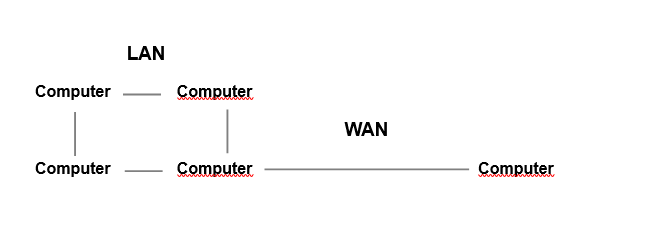What is an Intranet?
An intranet is a private network based on internet protocols, owned by an institution for the benefit of its members.
Intranets often serve as a hub for employee resources, where staff can view shifts, book holiday, monitor their performance evaluations, or organise training.
Intranets also enable communications, both company-wide and peer-to-peer. Updates placed on an intranet can be viewed by the entire staff, saving the need to pass information through management structures or organise group emails. There are also instant messaging services facilitating direct, private communication.
Sometimes described as a ‘private internet’, intranets are comprised of linked computer systems, either in one location – a Local Area Network (LAN) – or systems that are geographically remote – a Wide Area Network (WAN).

What are Intranets For?
The commercial uses of intranets have varied over time, but there are four key functions to most systems:
- Document storage
- Communication
- Forums
- Staff resources
The most common application is the storage and distribution of business information. Resources such as a training manuals are often stored on a company intranet, guaranteeing their availability to staff in a searchable format. Access can be customised, enabling managers to view material that is not provided to their teams.
Forums are another common feature, allowing staff to share best practice guidance or ask questions. They also enable collaborative ventures to be arranged, including business parallel efforts such as charitable activity.
Issues with Intranet Use
The capacity to store information can result in accumulation, with generations of obsolete documents remaining on the system. Over time this will make it increasingly difficult to locate resources that are relevant.
As well as the quantity problem, there is quality. The usefulness of materials can be impacted by a lack of quality control. Group-sourcing content such as training documents is a low cost way to aggregate agent experience. However, without specific guidelines for structure and format, these materials can be hard to interpret.
The direct messaging capabilities of intranets have largely been overtaken by the numerous email, text, and social media services that agents can access. This becomes problematic when those capabilities are used unevenly by staff, and messages are not acknowledged or responded to.
A similar issue applies to forums. When they are not monitored, or are used only by a small minority, forums risk becoming ‘ghost towns’. Disengagement is often the result when agents cannot get their questions answered or their input does not appear to be valued.
Intranets need to be relevant to the day-to-day activities of staff. When considering new or updated systems, project owners should consider what functions will have real value to the end user, and how it will factor into their working life.
Author: Megan Jones
Published On: 1st Jul 2016 - Last modified: 12th Aug 2025
Read more about - Definitions, Terminology















